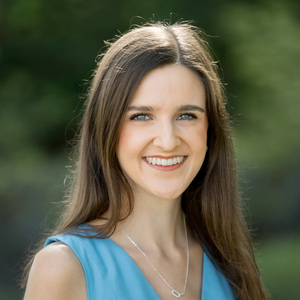LA MIRADA, CALIF. — A newly developed search engine — ORFanID — makes identifying orphan genes more accessible than ever to life scientists, academics, students and those interested in genetics and the origins of life. With increased interest in genetics, genomes and orphan genes, researchers are using various approaches to identify and understand unique genes with specific biological significance.
“ORFanID has the potential to be a game-changer. By efficiently identifying and cataloging orphan genes, researchers can delve into the functional roles these genes play in specific organisms,” said Biola professor Dr. Richard Gunasekera, a lead researcher and designer of ORFanID. “Since orphan genes represent gaps of scientific knowledge in genetics, this could lead to breakthroughs in the current understanding of genetics, disease resistance, species-specific adaptations, as well as provide insights into novel biological and biochemical mechanisms.
ORFanID is a one-stop-shop for researchers to find information they would normally need to find from multiple different DNA databases and related sources. The academic scientific journal PLOS ONE published an article outlining the project — “ORFanID: A Web-Based Search Engine for the Discovery and Identification of Orphan and Taxonomically Restricted Genes” — which provides the algorithm and an overview of the significance of orphan genes, authored by Gunasekera, Komal K. B. Raja, Suresh Hewapathirana, Emanuel Tundrea, Vinodh Gunasekera, Thushara Galbadage and Paul A. Nelson.
Finding and classifying orphan genes could be a crucial key to decoding biological origins and therefore possible functions of life.
“In the fields of public health and medicine, understanding orphan genes might even offer insights into disease pathways exclusive to humans, potentially leading to innovative treatments or preventive measures,” said Gunasekera.
The centralized search engine is unlike anything available to researchers until now, as it was designed to be user-friendly and requires minimal computational skills when compared to most other bioinformatics programs.
Gunasekera, research professor of nanomedicine and biochemistry at Biola’s School of Science, Technology and Health in Southern California, became aware of the need for a simple and more accessible way to determine and find orphan genes. The GenBank databases of the National Center for Biotechnology, NIH, were not efficient and clunky, according to Gunasekera. He embarked on creating a mega database for orphan genes, dubbed “Orphan Base.” As new genes and DNA sequences are found, ORFanID can search the NIH databases and mine for new orphans to be added to the database, ORFanBASE.
“The general understanding was, and is to the most part even now, that all genes come from a universal common ancestral gene and therefore they all have homology across life. However, these orphan genes are de novo genes, meaning they have no ancestors or relatives and are ‘orphans’ — genes without homology with other life forms. Orphan genes are found in all species and taxonomical levels making up about 10-30% of genes in any given genome,” said Gunasekera. “So, these orphans are unique findings. Being able to easily find and harvest them provides geneticists with exciting possibilities to understand genomes, genetics and the function and relevance of orphan genes across all organisms.”
ORFanD also allows for easy comparison between genomes to identify orphans.
“The ORFanID search engine allows researchers to compare open reading frames (ORF) of interest with any other genomes to help identify "orphans" or sequences unique to a specific organism. This allows them to further explore the physiological significance of the identified ‘orphans’ and expand our understanding of this unique class of genes,” said Dr. Don Galbadage, contributing investigator to the project and director of public health programs at Biola.
Gunasekera and the nanomedicine and genomics researchers at Biola University are grateful for the support of this research in the form of grants from the Roth family. Read more about the collaborations of this project in the backgrounder available for download.
For more information and media interviews, please contact the Biola University office of media relations by emailing Sarah Dougher at media.relations@biola.edu.
 Biola University
Biola University
.jpg)
.jpg)
_(1).jpg)
_(1).jpg)